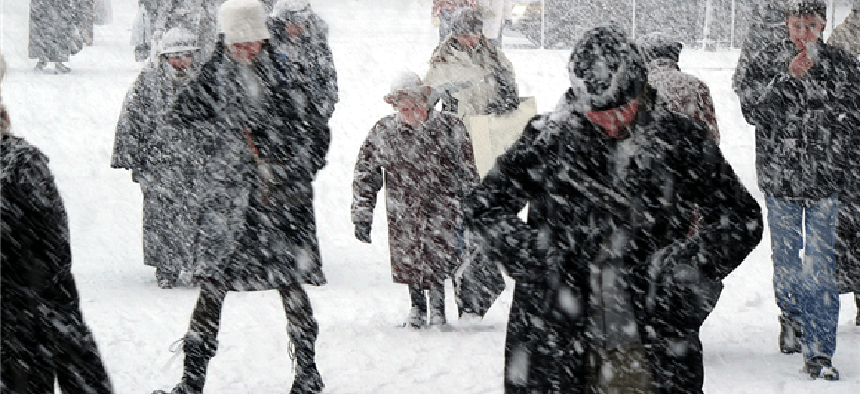During snowstorm Nemo, cell-phone alert systems worked, sort of


Connecting state and local government leaders
The Commercial Mobile Alert System, designed to alert people in targeted areas of serious emergencies and pending disasters, got the message out, but only to users with the right phones.
The fledgling Commercial Mobile Alert System got a serious test last week when Winter Storm Nemo hit the Northeast, dumping as much as three feet of fast-falling snow in some places. The national alert system, designed to text-message a warning to people in targeted areas of emergencies and pending disasters, worked in general, though it did not reach as many people as intended.
Part of the problem is that, to date, not all mobile devices are set up to receive alerts from CMAS, a joint project of the Federal Emergency Management Agency, the Federal Communications Commission and wireless carriers that went live in April 2012.
CMAS is designed to use wireless carriers’ LTE networks to bypass cell-phone congestion and send Wireless Emergency Alerts (WEA). The messages are free, and they pop up on phones without the user having to open them. Major carriers, including AT&T, Sprint, Verizon and T-Mobile are on board with the plan, but not all of their phones are capable of receiving the messages.
So some people got the message while others — particularly AT&T users, according to Mashable did not, resulting in confusion for some users.
Most new phones have WEA capability installed by default. Others might need a software upgrade, while still others might need to be replaced in order to get CMAS alerts.
Lists of phones currently equipped by major carriers to receive the alerts:
CMAS, which also was used during the derecho storm across the Mid-Atlantic states in June 2012 and during Superstorm Sandy in October, can be used by as many as 40 government agencies, although the National Weather Service is likely to be the most frequent user, according to the FCC.
Overall, the service can be used for three types of alerts: those issued by the president, alerts of severe natural (hurricanes, tornadoes, blizzards) disasters and Amber Alerts.
The messages are limited to 90 characters, delivering only the most basic information, and they are designed to complement other sources of emergency information. They are not tied to a phone’s registered area code nor can they identify a phone’s location, but they are broadcast to specific areas where a potential emergency exists, the FCC said. So phones with a Washington, D.C., area code, but whose users were in Connecticut as a blizzard approaches would get an alert.
That is, of course, assuming the phone is set up to receive WEAs and the carrier participates in the program. But as the program grows and people eventually upgrade their phones, agencies that issue CMAS alerts will connect with a wider swath of mobile users.




